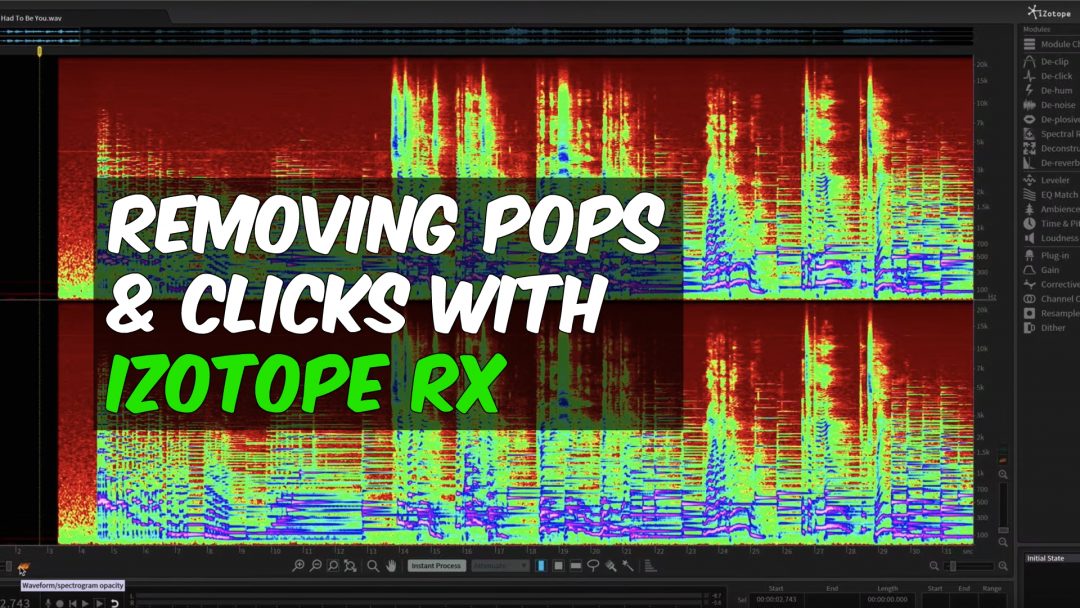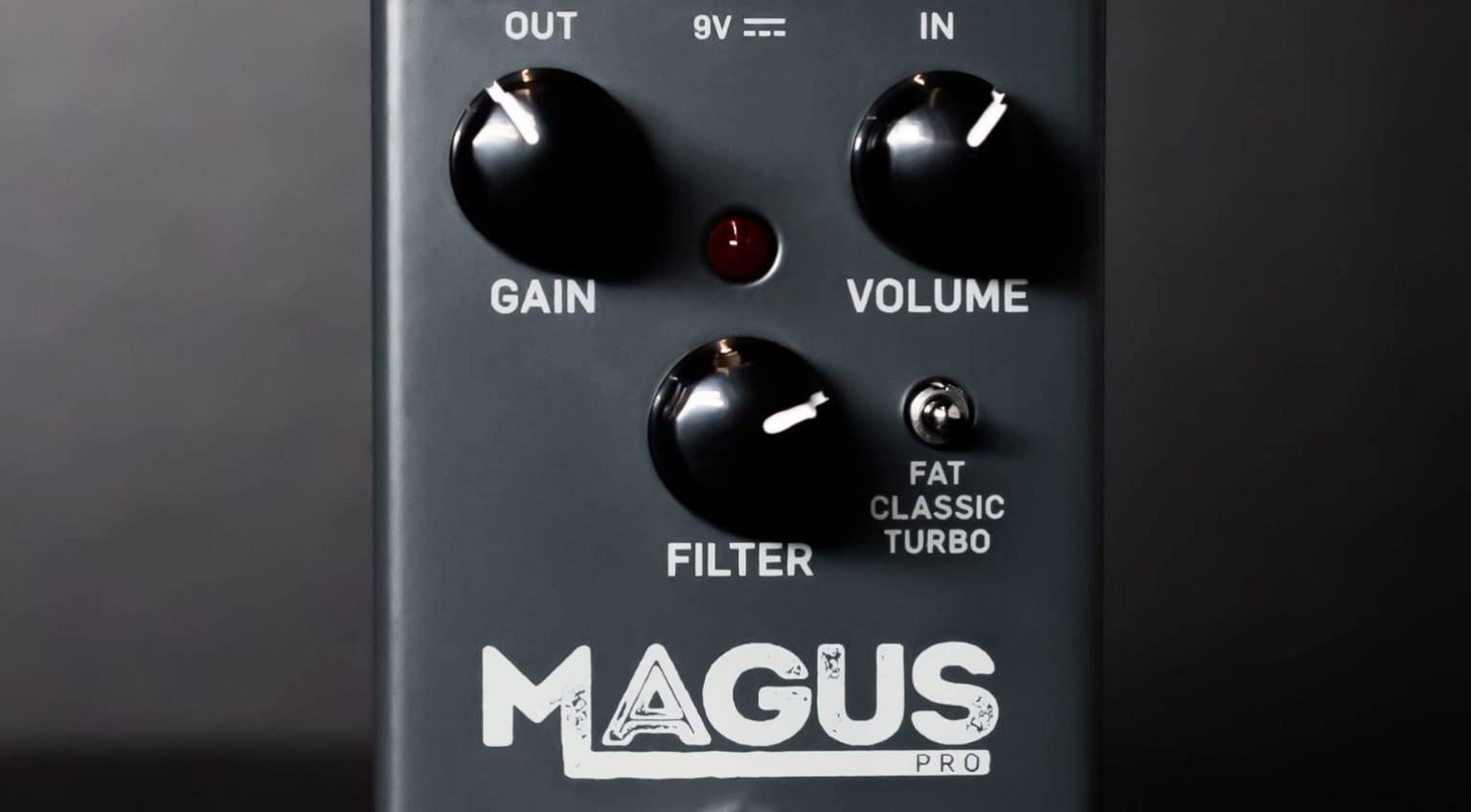


Listen for how the pluck has trouble standing out in the bright wash of the reverb: In the following example, I send the low pluck sound to a reverb without any high cutting applied to the input signal. If the reverb signal has too much high-frequency content, it can prevent dry signals from having the presence that they need. We want to keep these high frequencies in dry signals, as those are meant to sound close and intimate. High frequencies would die down at a distance, so the presence of high frequencies brings a sound closer to the listener.

Filtering some high frequencies out of a reverb signal can help to create a more natural-sounding reverb.Īlong this line of thinking, high frequencies are responsible for making a signal sound present and close to the listener. Most (if not all) reverb plug-ins take this into account using algorithms that control the decay time of certain frequencies. For starters, high reverb frequencies die out fastest in the physical world. The Abbey Road reverb trick also makes use of a low-pass filter to eliminate some high frequencies. Use a low-pass filter to eliminate high frequencies Therefore, filtering some lower frequencies out of the reverb signal can help to reserve the weight for the dry signal. The lowest reverb frequencies in any sound can compete for the low-mid “weight” of that dry sound. Low-end reverb, even from other elements, can prevent the bass and kick from being clear.įor examples today, we’ll be using this beat: The low-end should be clean and reserved for elements like the bass and kick drum. Festivals and clubs have powerful subwoofers, so any low mud will be obvious. Low-end clarity is incredibly important in mixing, especially in bass-heavy genres like electronic music.

Low reverb signal, for instance, has the potential to create a lot of mud. In this method, we apply both a high-pass filter and a low-pass filter to cut low and high frequencies out of the input signal.Īs you could expect, this is to create space for other elements in the mix. The “EQ before the reverb” method is a common one, attributed to mixing work done at the legendary Abbey Road Studios since the 1960s. Some reverb plug-ins will even contain an onboard input EQ to do this. But for the reason mentioned above, EQing before the reverb is recommended. It’s certainly an option to EQ after the reverb plug-in, which can be helpful to tame unwanted resonances. If there are frequencies that we want to attenuate (or even completely cut), doing so before the reverb plug-in can result in a smoother sound. Reverb algorithms will react differently with different input signals. This can be done before the reverb plug-in (EQing the input signal) or after the reverb plug-in (EQing the reverb output).ĮQing before the reverb plug-in will affect how the reverb unit reacts. One of the main reasons to use return channels for reverb is the ability to EQ the reverb signal separately from the dry signal. We’ll be doing this in all of the examples today. The reverb plug-in on the return channel is set to 100% wet, allowing us to completely separate dry and wet signals. Therefore, we need to process the reverb signal in a way that makes room for everything else.īecause we want the dry signal to cut through the mix, it’s generally good practice to use return/auxiliary channels to add reverb. Naturally, reverb should sit behind focal elements and not be distracting for the listener. Reverb should just be treated as another element in the mix, one that needs to fit in the track’s sonic landscape. The sense of space reverb can provide to mix elements provide character and make the track sound “larger than life.” However, dry signals should never have to compete with the reverb signal for frequencies. Don't let other elements compete with reverb We’ll discuss EQing, ducking, timing, and retriggering reverb. In this article, we’ll cover some methods for mixing reverb. Achieving the proper balance when mixing reverb will give a sense of space without becoming distracting in the mix. The space that it adds can be very helpful, but sloppy reverb sounds can often become smeared over the mix, reducing clarity. Reverb can be tricky to deal with in a mix.


 0 kommentar(er)
0 kommentar(er)
